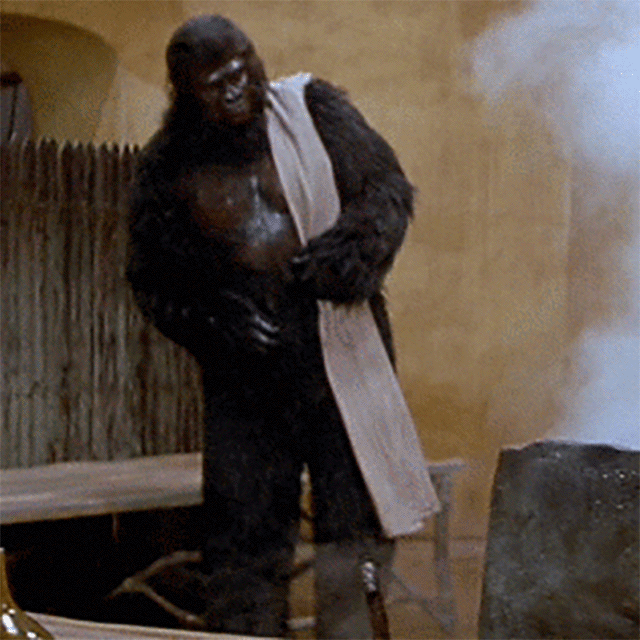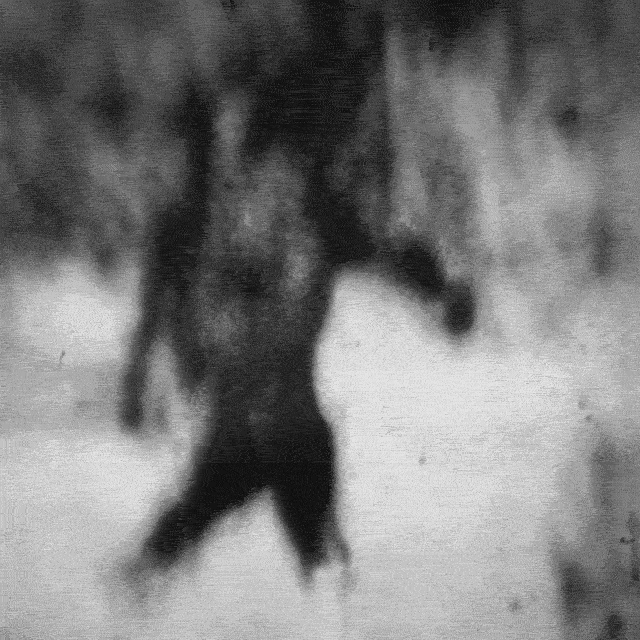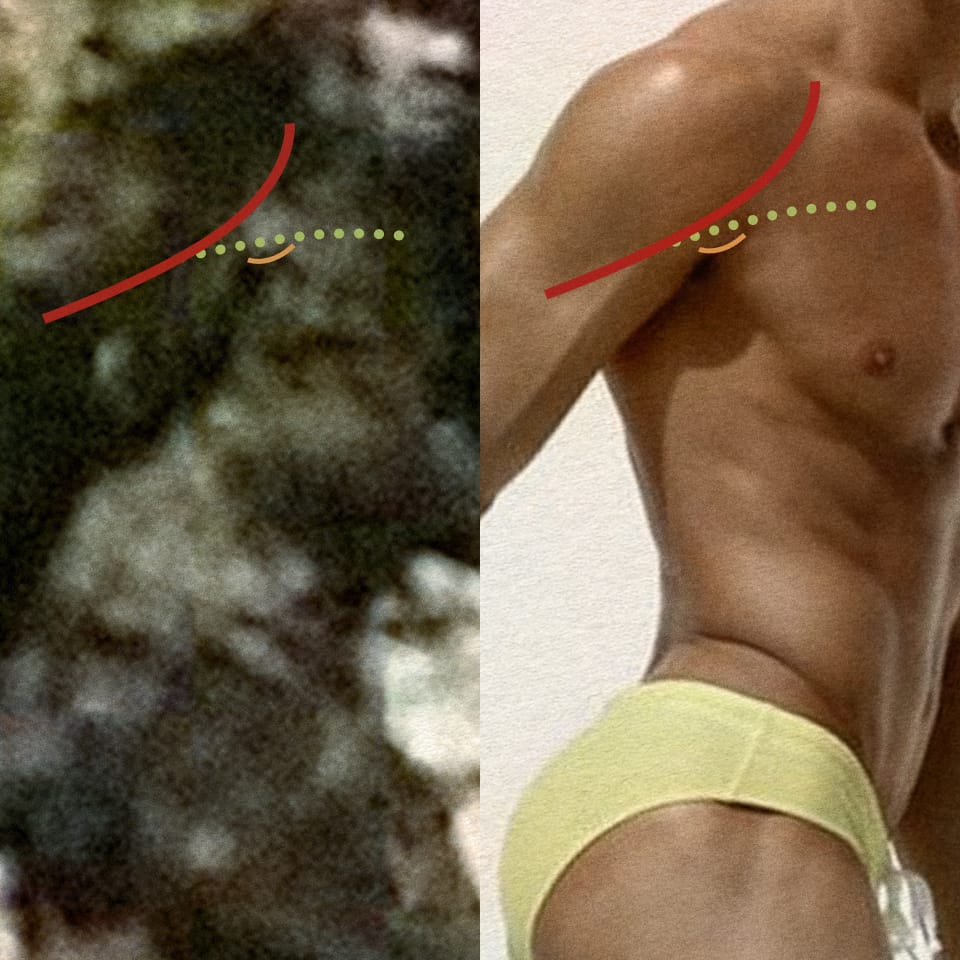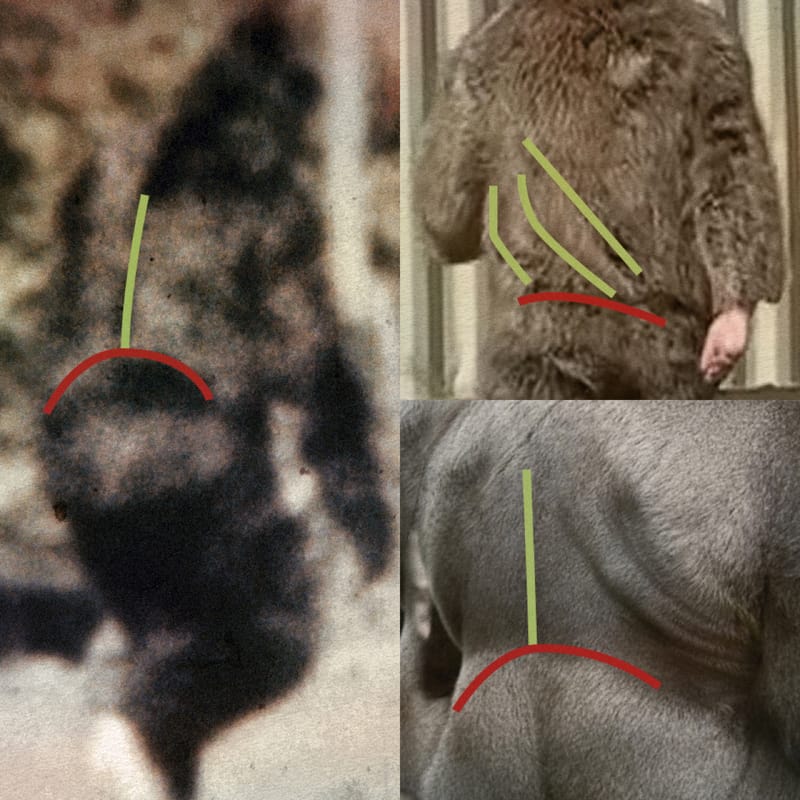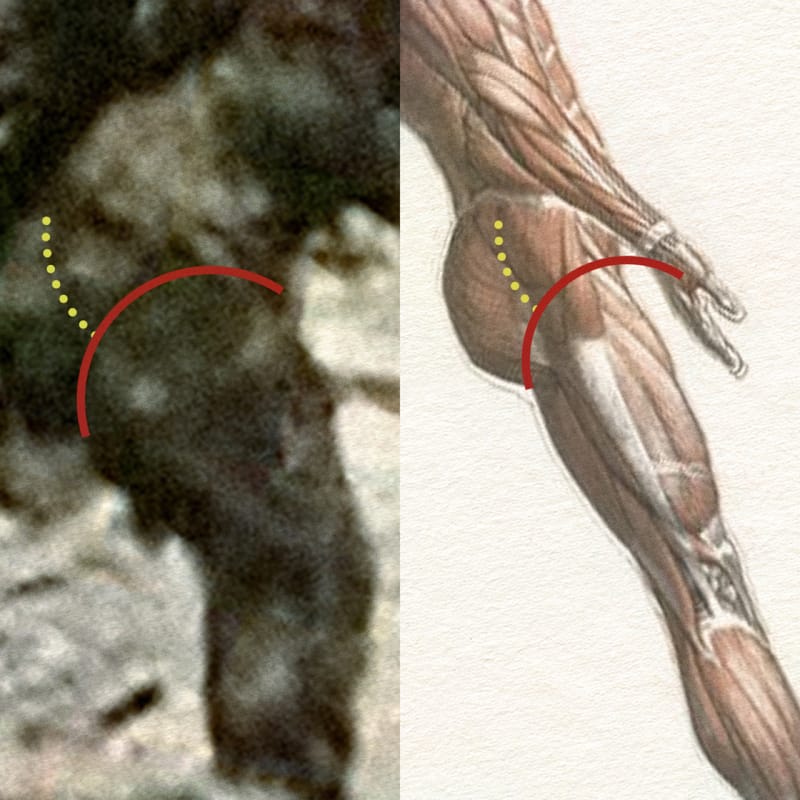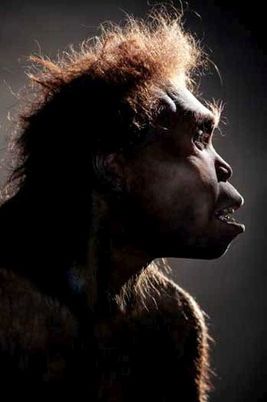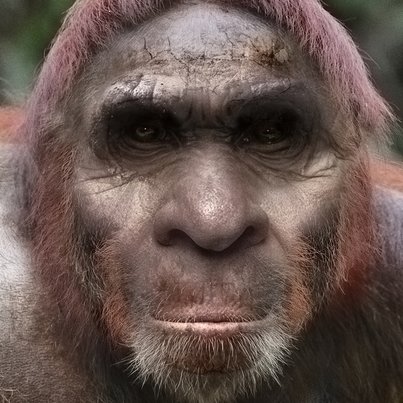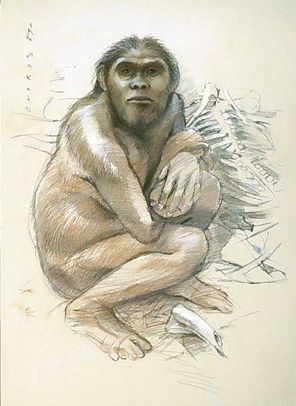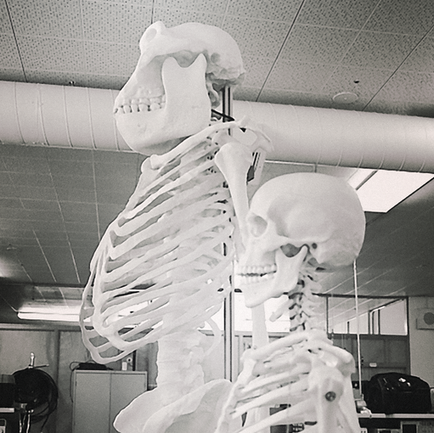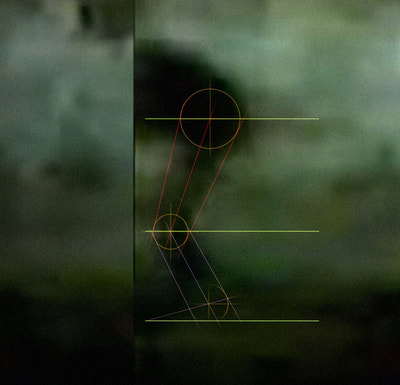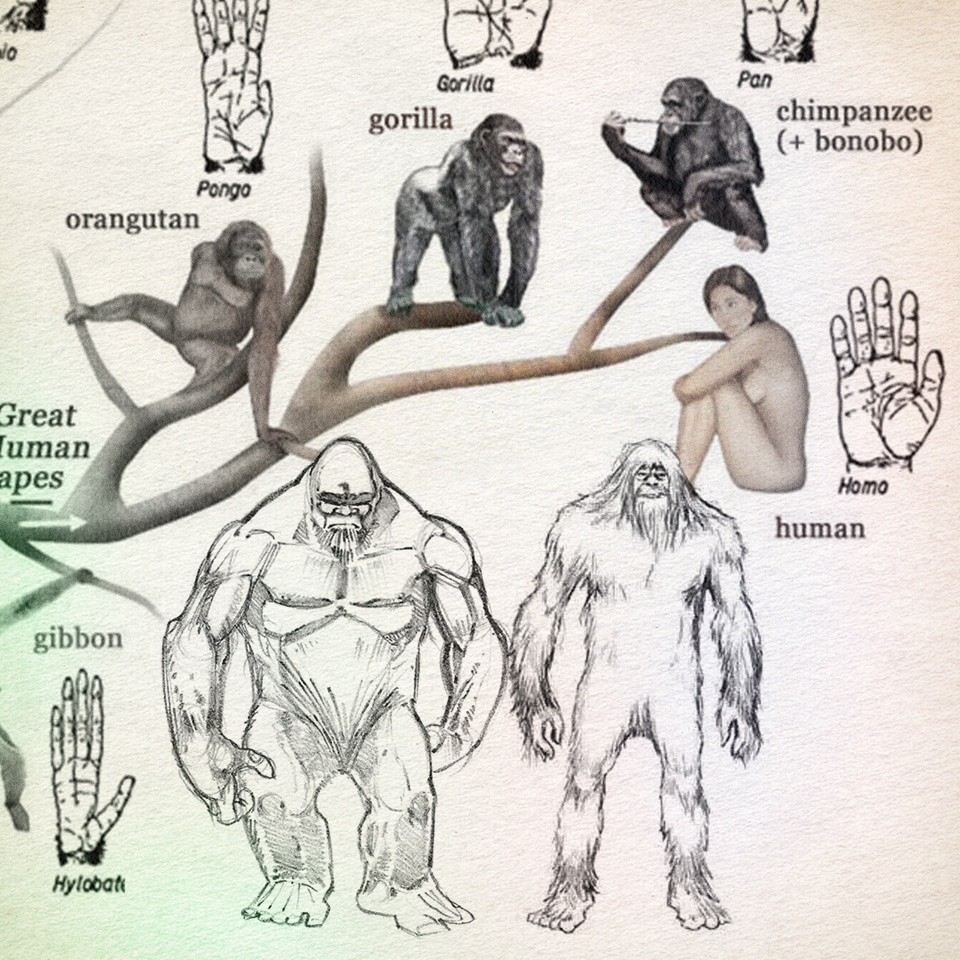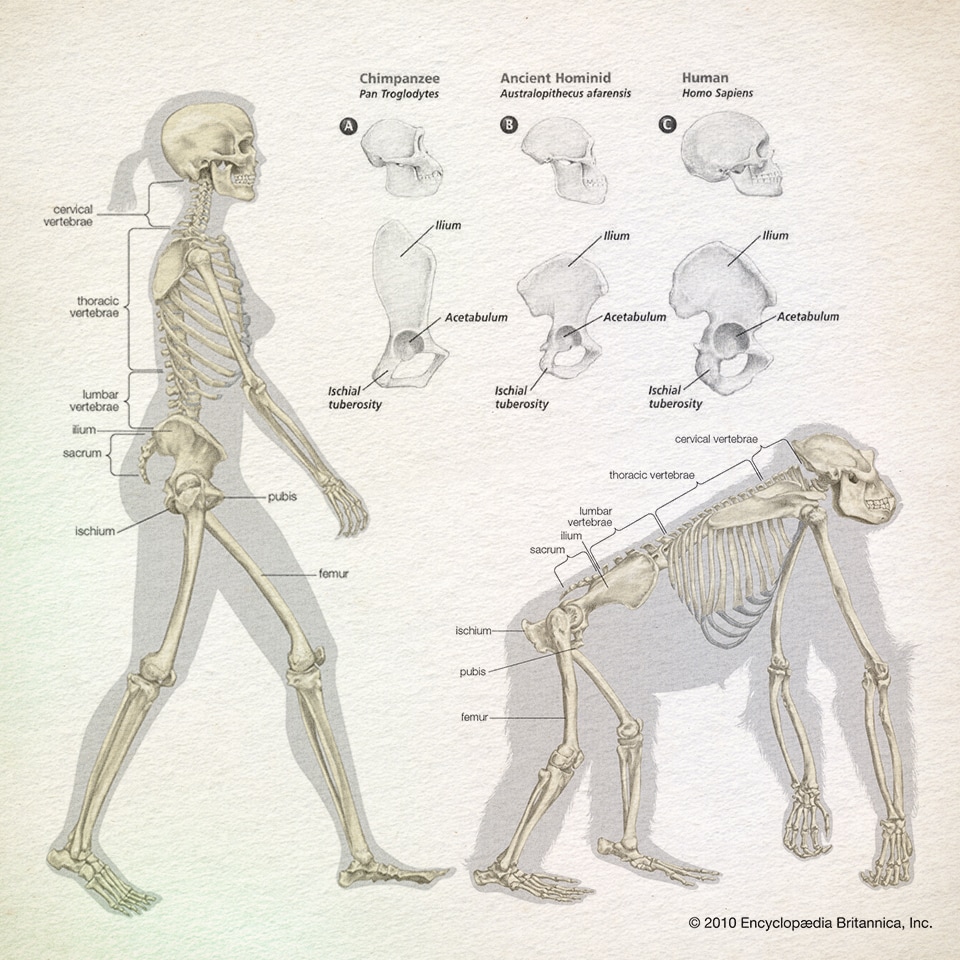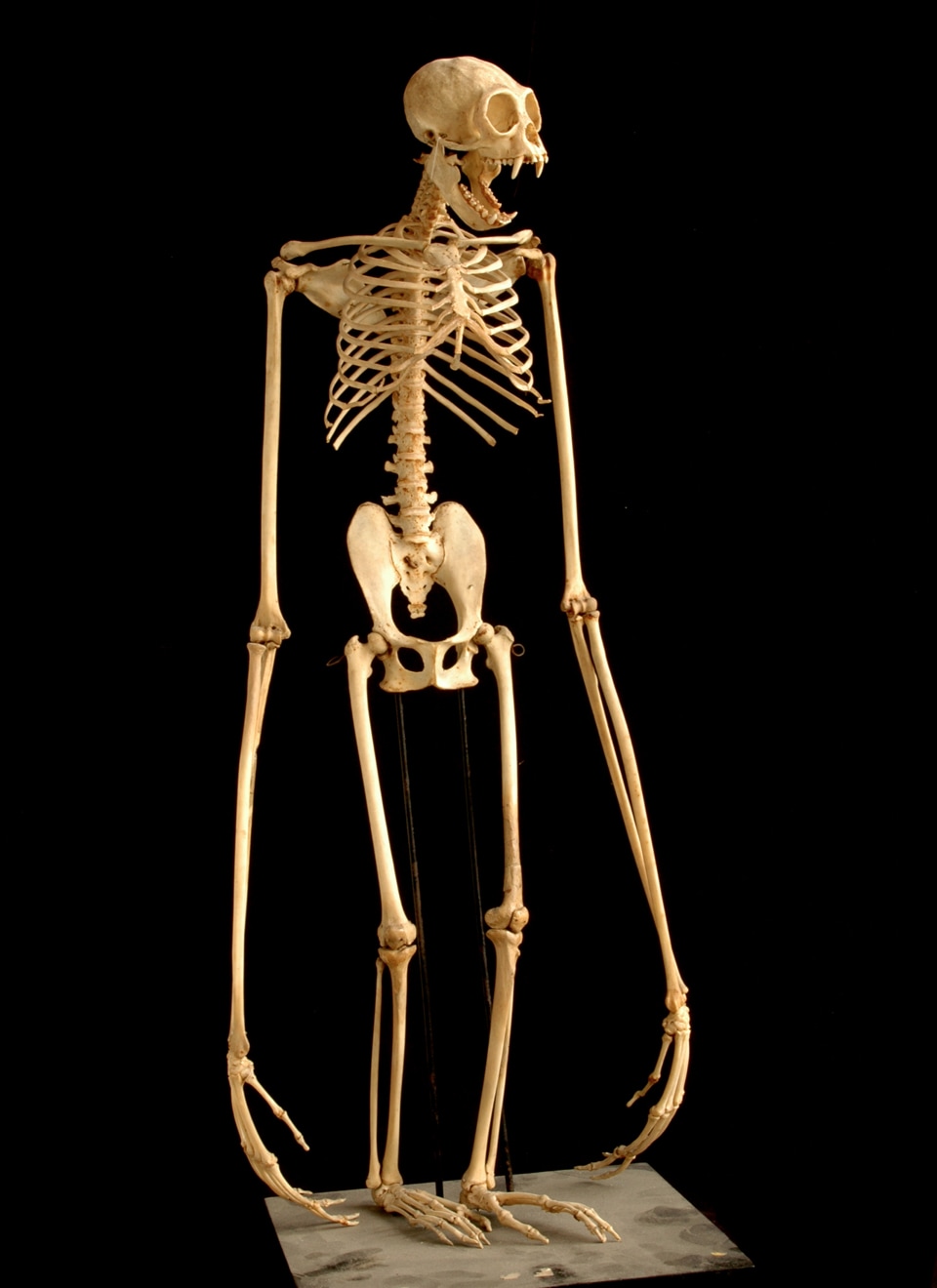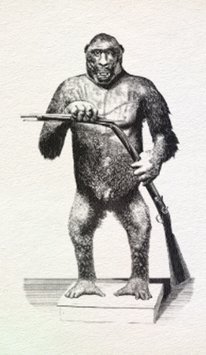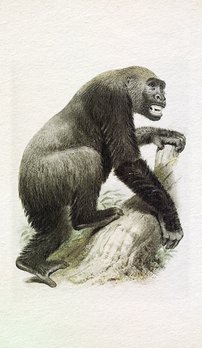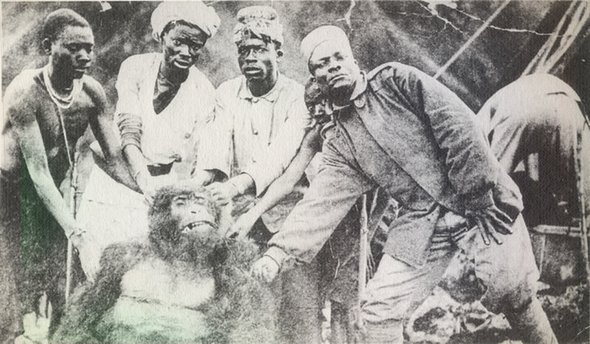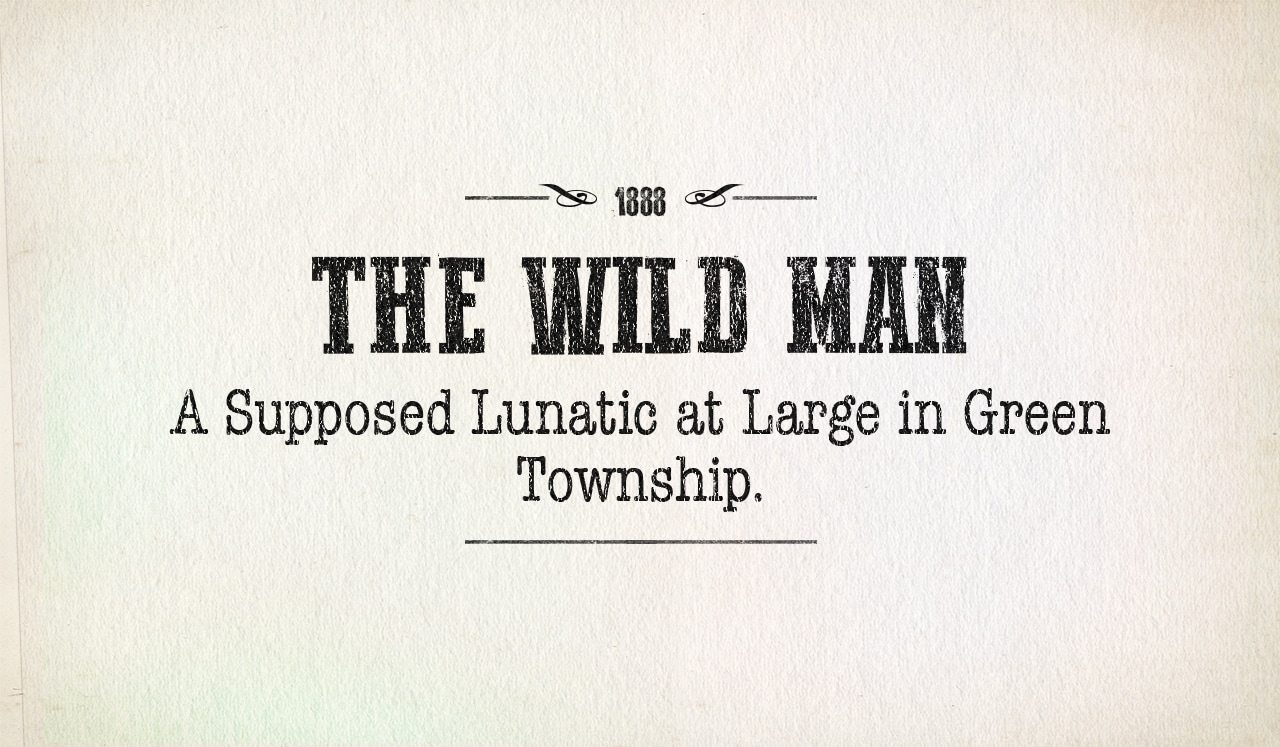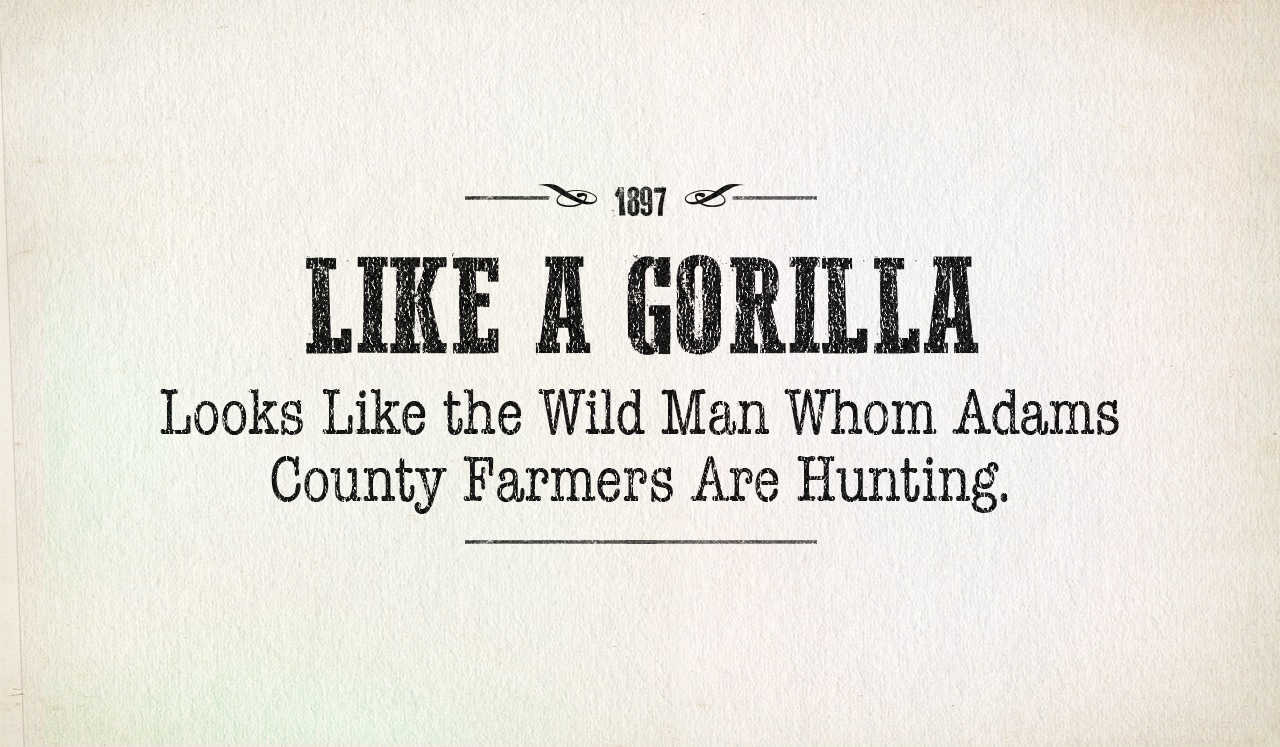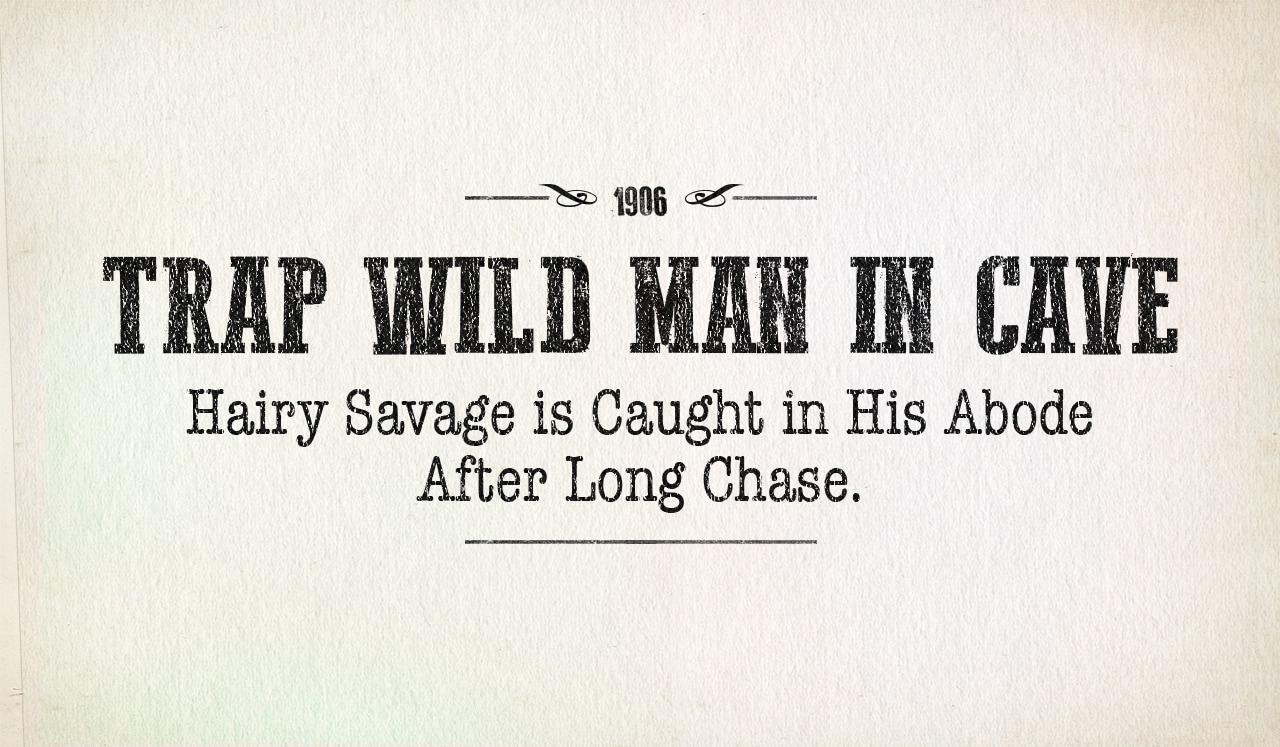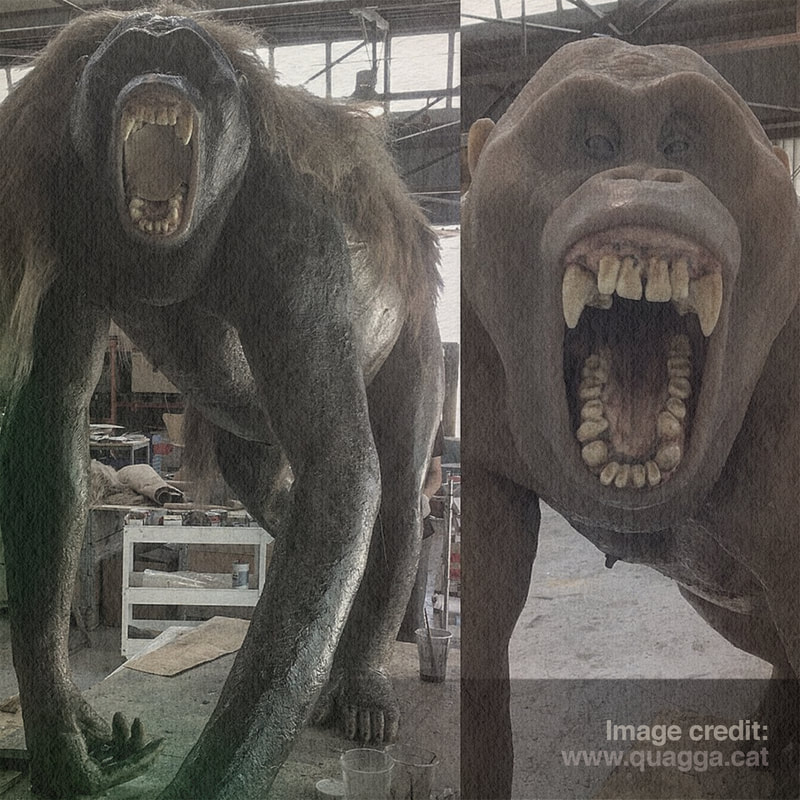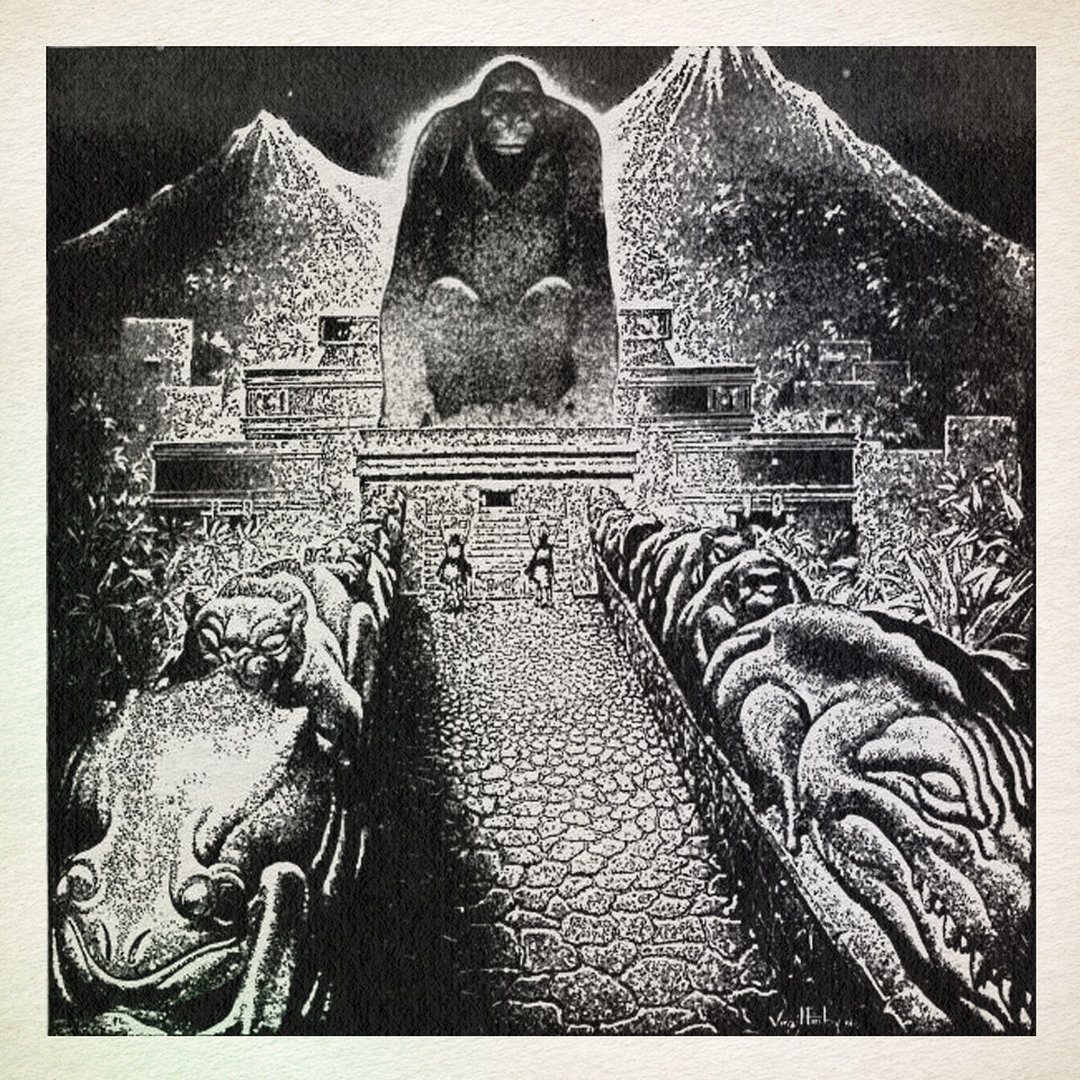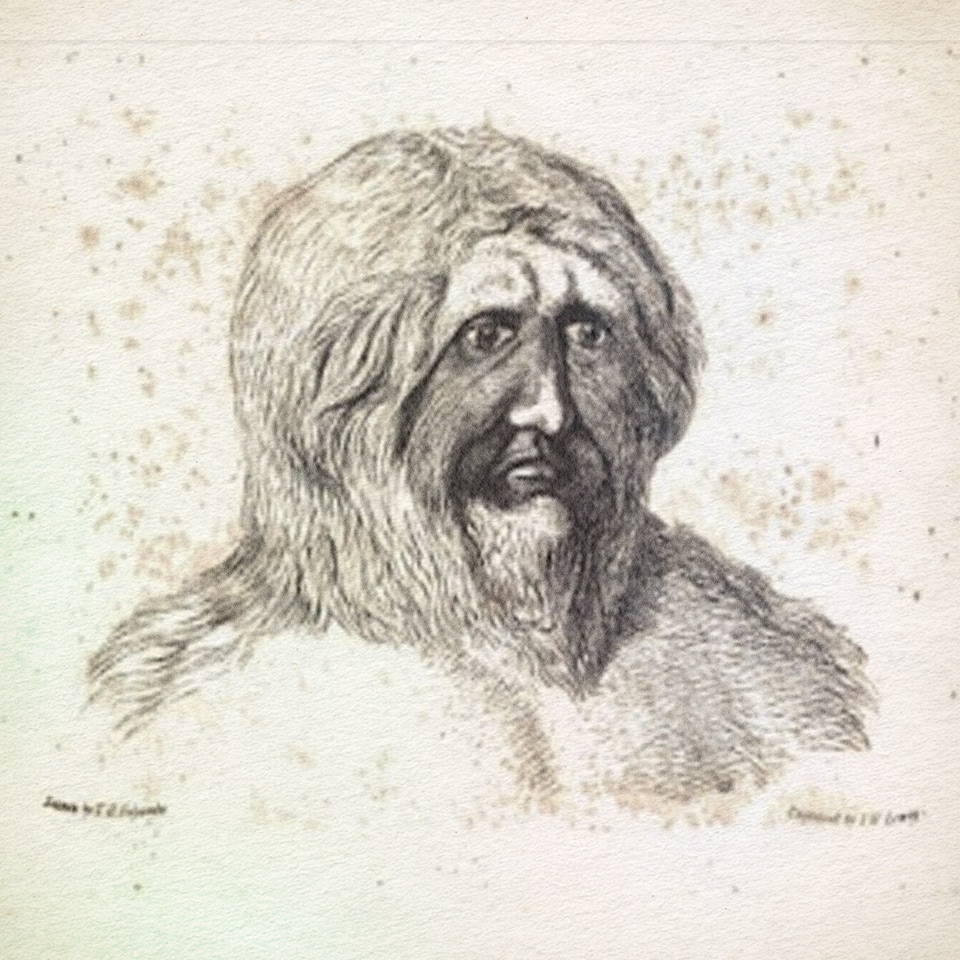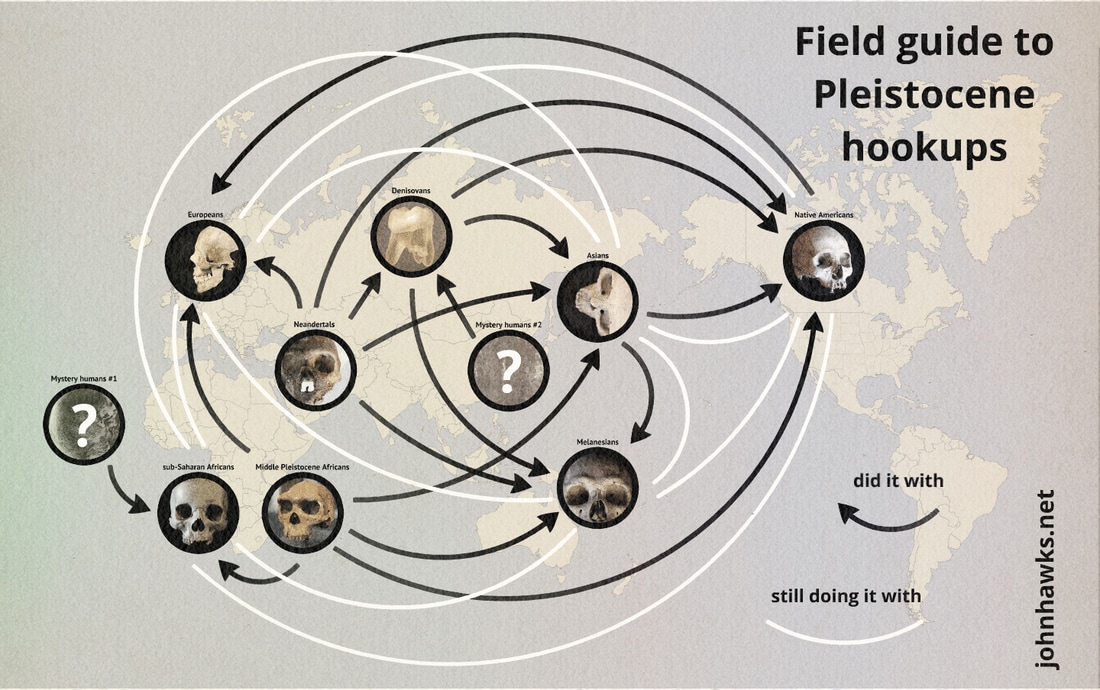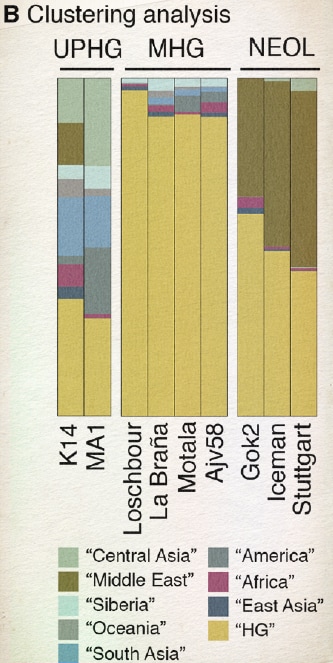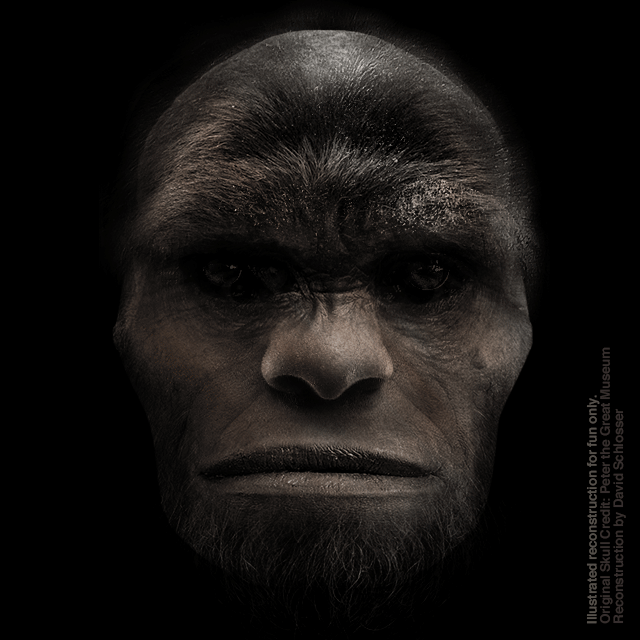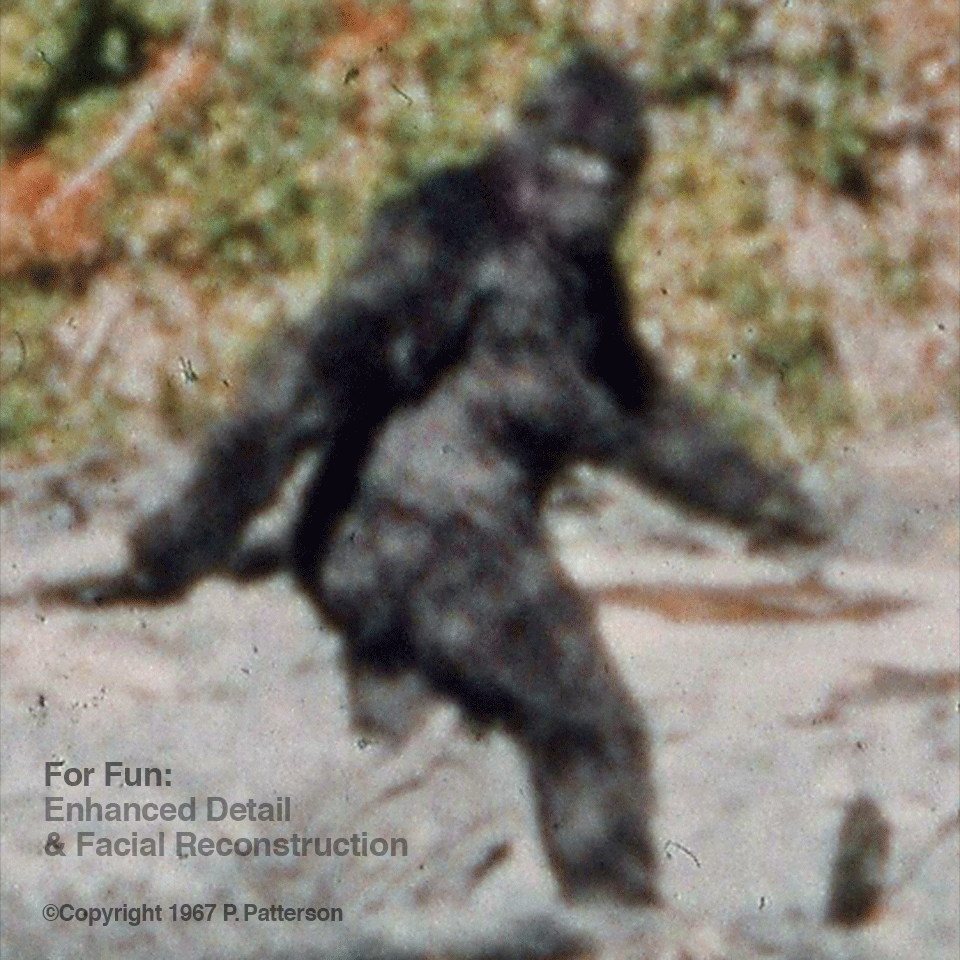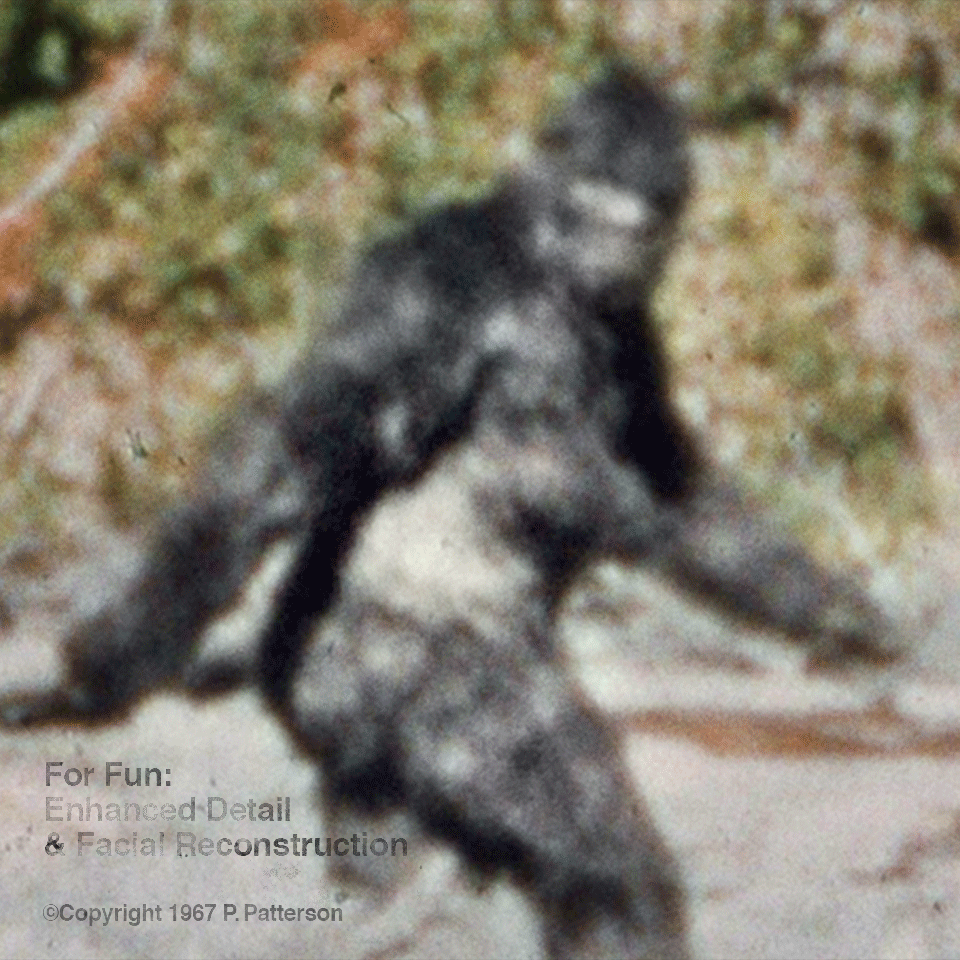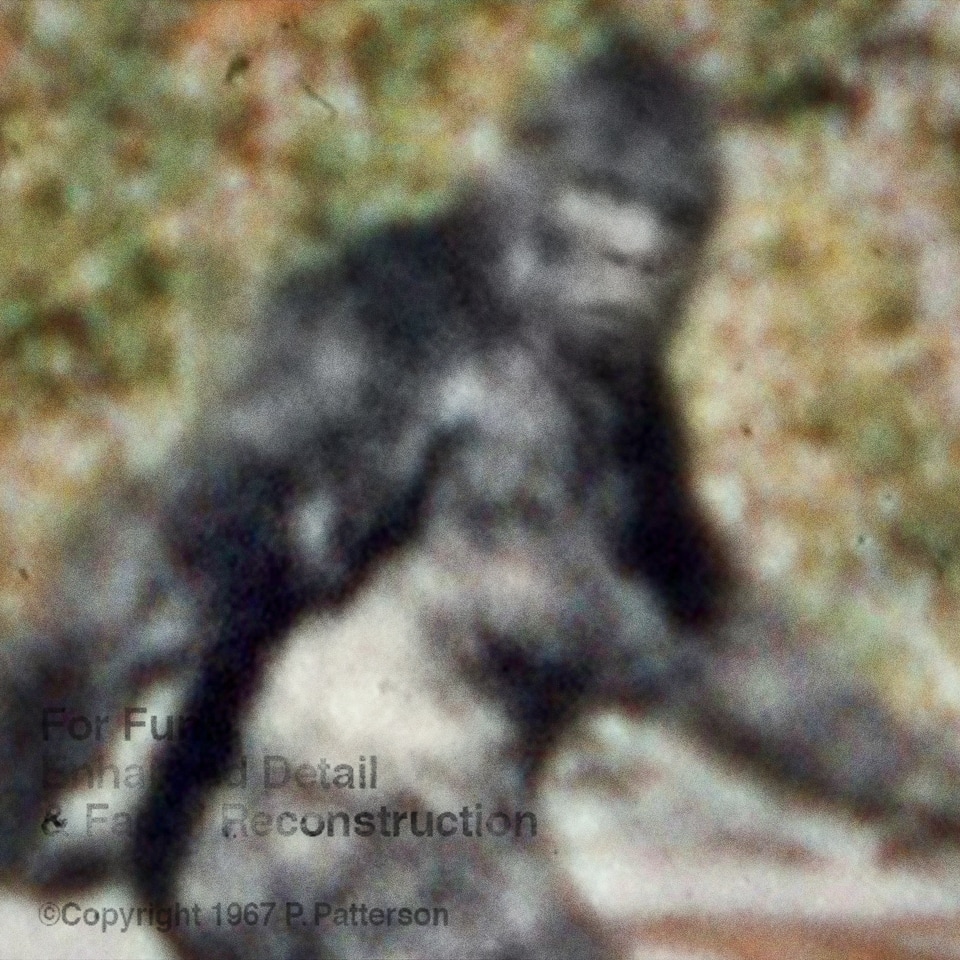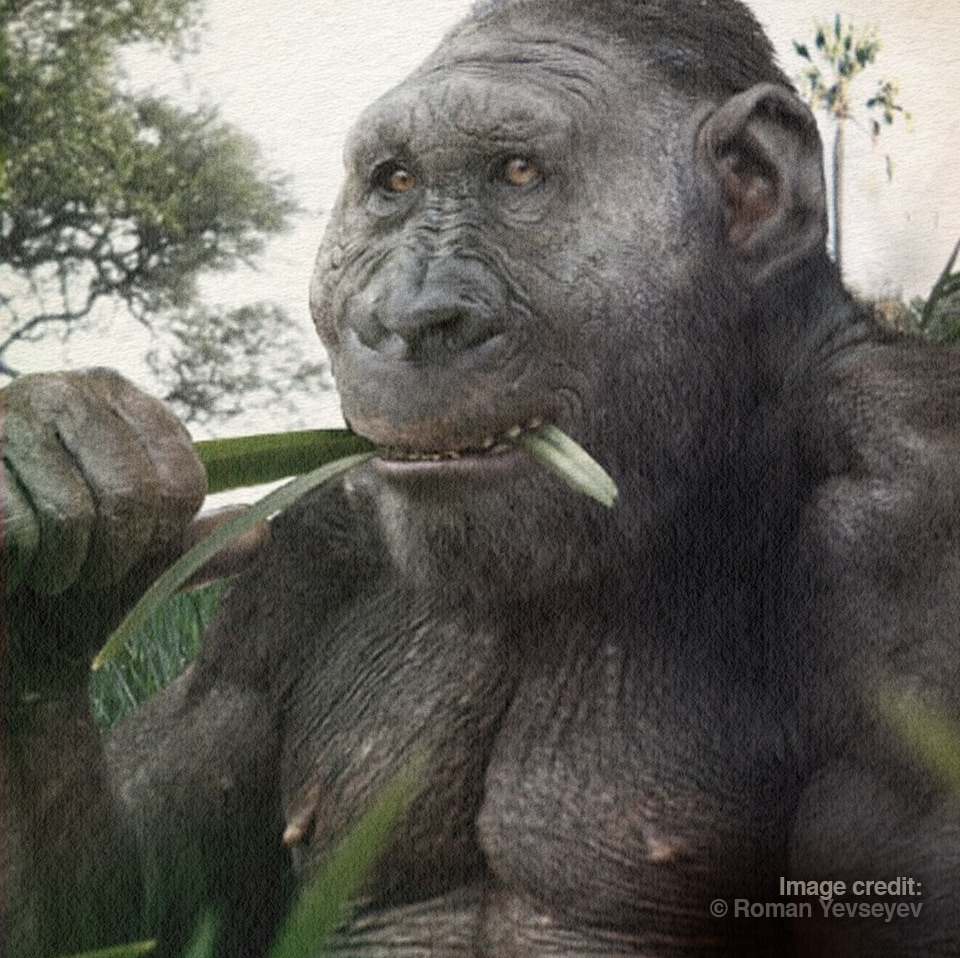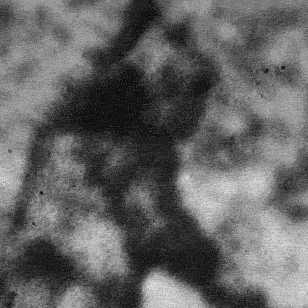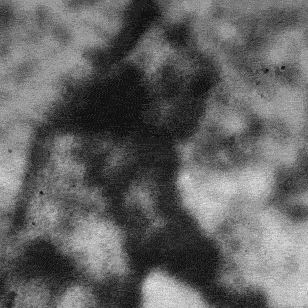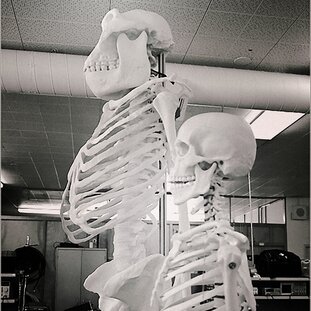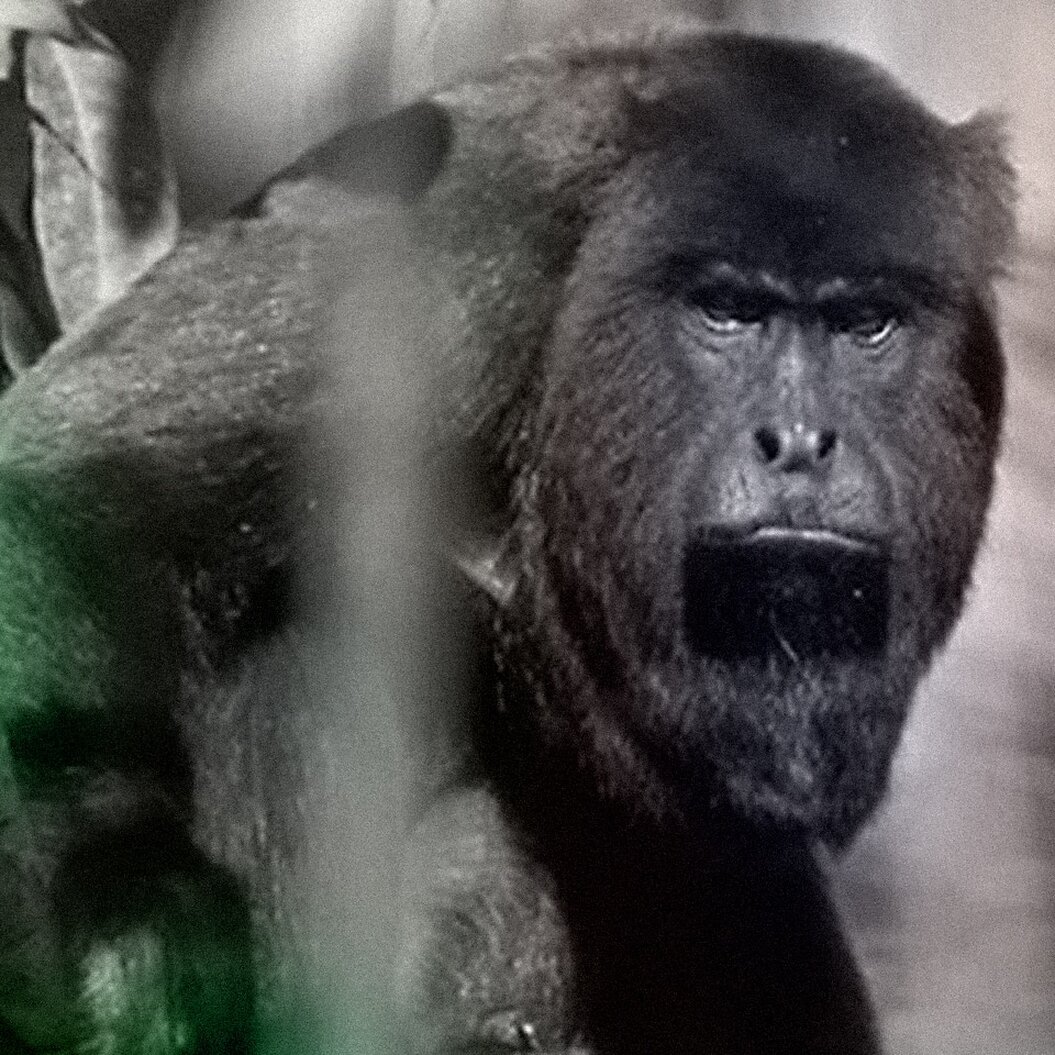1970 Ape Suit Technology
It’s so easy to say, "Obviously that’s a man in a fur suit" until you see it up against a man in a fur suit.
Relict Hominoid
Is it possible that there are hominids alive on the earth today, descended from "collateral branches" of humanity?
Well… here's some light reading brought to you by, The Relict Hominoid Inquiry to help answer that question:
Well… here's some light reading brought to you by, The Relict Hominoid Inquiry to help answer that question:
- Historical Evidence for the Existence of Relict Hominoids 1:23-50 (2012)
- The Patterson-Gimlin Film: What Makes a "Hoax" Absolutely Genuine? 1:93-114 (2012)
- Misunderstandings Arising from Treating the Sasquatch as a Subject of Cryptozoology 2:81-102 (2012)
- John Green: A Lifetime of Sasquatch Research 4:1-36 (2015)
- The Struggle for Troglodytes 6:33-170 (2017)
Bigfoot Specs
A living creature is a thing. It is bio mechanical, and measurable. And so it is with bigfoot. Here is a small collection of research papers describing what a bigfoot is, how it works, and how it is measured.
| ||||||||||||||||||||
Taxonomy
| |||||||||||||||||||
Bipedalism
COMPARATIVE ANATOMY FROM AUSTRALOPITHECUS TO GORILLAS
Why are we the only two-legged creature to develop an exclusively upright gait? What did it mean to the development of the human species?
Why are we the only two-legged creature to develop an exclusively upright gait? What did it mean to the development of the human species?
CARTA brings you foremost experts to explore the many facets of these questions in this fascinating series - starting with presentations from Steven Churchill, Jeremy DeSilva and Matt Tocheri that compare different aspects of hominid anatomy and their relation to bipedalism.
Before Bigfoot was Bigfoot
Bigfoot encounters have been reported since before the name Bigfoot existed. In fact, they've been reported since before Gorillas were believed to exist. Lowland gorillas were first described as a species in 1847 but the mountain gorilla was not discovered by the scientific community until 50 years later when Friedrich Robert von Beringe shot two of them on the slopes of Mt Sabinyo.
OLD NEWSPAPER REPORTS
Click on a thumbnail to read the article.
More Old Timey Bigfoot
More naked, hairy "wild men" running round, stealing cattle, freaking people out, and motivating hunting parties.
|
| ||||||||||||||||||||||||||||||||||||||||||||||||
GigantopithecusBigfoot researchers have suggested that an uncatalogued descendant of Gigantopithecus is the source of the Bigfoot phenomenon. Of the existing fossil record, Gigantopithecus is the only candidate fossil that approximates the size of the reported anecdotal observations.
Gigantopithecus is known only by four mandibles and about 1,000 teeth. Three of the four mandibles, known as Gigantopithecus blacki, are 300,000 to 400,000 years and are from the Kwangsi Province of southern China. The fourth mandible is approximately 6.3 million years old. It is smaller than the three Chinese mandibles and is believed to be an older species of the same genus. The Gigantopithecus teeth were discovered in Liucheng, Kwangsi, Wuming, Bama, Daxin, and Jianshi of southern China. Anthropologists believe Gigantopithecus became extinct mid- Pleistocene, at the latest between 200,000 and 400,000 years ago. [source: J. Glickman, Diplomate, American College of Forensic Examiners] |
South America
|
THEODORE MORDE AND THE "LOST CITY OF ANCIENT AMERICA'S MONKEY GOD” In 1939, adventurer Theodore Morde claimed to have found a "City of the Monkey God" but died before returning to the region for further exploration.
"Theodore Morde also related a story about a monkey who had stolen three women with whom it bred, resulting in half-monkey half-human children. He claimed, “The native name for monkey is Urus, which translates literally into ‘sons of the hairy men.’ Their fathers, or fore-fathers, are the Ulaks, half-man and half-spirit, who lived on the ground, walked upright and had the appearance of great hairy ape-men."
|
THE HUMAN-LIKE "NONDESCRIPT." AN APE-MAN FROM THE EARLY 1800'S English naturalist Edward Bancroft wrote about them in 1769. He mentioned the creature that All the natives called “Wild Man” and it is clear that they were not “Apes.”
These Wild Men were about 5 feet tall, they walked in an upright position and had “…human form. Thinly covered with short black hair.” the Indians “greatly dread them and instantly flee as son a soon as they're discovered.” They share some features with the Trauco hominid found in Patagonia.
Source: Patagonian Monsters - ©2009-2011 Austin Whittall |
Ghost Populations and Ancient DNA
An extinct population in Northern Eurasia interbred with both the ancestors of Europeans and a Siberian group that later migrated to the Americas. Such groups are sometimes referred to as ghost populations because they're only identified by the echoes they leave in genomes — not by bones or ancient DNA. [source]
"It is interesting to see the jockeying among geneticists for new results, but you start to notice how they are describing models that don’t describe any archaeological reality!" - JohnHawks.net
Kostenki14 – Ancient Siberian DNA
The modern human ancestors of contemporary Eurasians are believed to have left Africa about 50,000 to 60,000 years ago, but how these earliest Eurasians contributed to the modern European gene pool remains unclear.
Ancient and Modern Europeans have surprising genetic connection — a third population — referred to by many as a “ghost population” because no one knew who they were. The new population was termed Ancient North Eurasian, or ANE. [source: livescience.com]
Patty
Illustrative attempts to see how the Patterson-Gimlin Film Subject might really look. These are not scientific enhancements, but I think they're fun.
Paranthropus BoiseiWe don’t know everything about our early ancestors—but we keep learning more! Paleoanthropologists are constantly in the field, excavating new areas, using groundbreaking technology, and continually filling in some of the gaps about our understanding of human evolution. This is Paranthropus Boisei. Year of Discovery: 1959
Paleoanthropologists actually found the first fossils belonging to P. boisei in 1955, but it wasn’t until Mary Leakey’s 1959 discovery of the ‘Zinj’ skull (OH 5) that scientists knew what they had found was a new species. There are still unanswered questions about P. boisei that may be answered with future discoveries. Questions like: What, specifically, did P. boisei eat? Probably Tiger Nuts. |
Patty's Oddly Shaped Head
|
Patty does not have a human-shaped head. Her forehead is way too small and her jaw is much too big.
|
Her head is shaped much more like a Paranthropus Bosei (an early hominin, living from about 2.4 until about 1.4 mya.) It had a small brain case, and huge jaws.
|
Here's a Paranthropus skull on a modified Neanderthal body. Scaled to about 8'. A hypothetical facsimile to convey a notion of the dimensions of a bigfoot.
|
About |
Home |
About this Site |
Copyright ©Bigfoot411 2016

